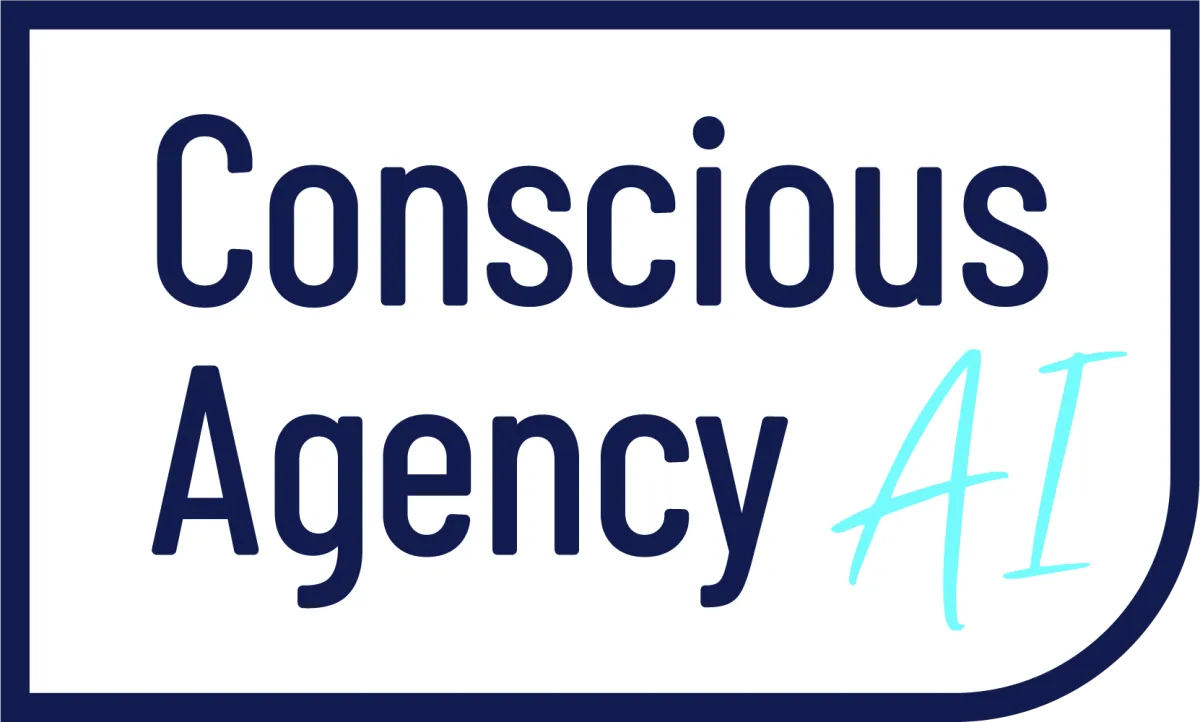
AI ROI Isn’t About Cost Savings— It’s About Market Dominance
The AI ROI measurement crisis will reshape enterprise strategy in 2025.
I've watched executives struggle with this paradox for months. They pour millions into AI initiatives, then scramble to justify the spend when boards ask the inevitable question: "What's the return?"
The traditional ROI playbook fails spectacularly with AI. Cost per acquisition, revenue per employee, operational efficiency gains. These metrics capture fragments of value whilst missing the transformation happening beneath the surface.
Here's what I predict will change everything.
The Measurement Evolution Begins Now
Enterprise AI ROI measurement will split into three distinct phases by mid-2025. Early adopters are already moving beyond basic financial metrics toward multidimensional value frameworks.
The shift starts with a sobering reality check. 42% of companies abandoned most AI projects in 2025, up from just 17% the previous year. The culprit? Inadequate measurement systems that failed to capture AI's true value.
Phase One focuses on operational intelligence. Companies will measure AI impact through workflow acceleration, decision quality improvements, and risk reduction. These metrics matter because they connect directly to business outcomes executives understand.
Phase Two introduces competitive positioning metrics. Market responsiveness, innovation velocity, customer experience differentiation. The companies that crack this measurement challenge will separate themselves from the pack.
Phase Three transforms measurement into strategic advantage. AI ROI becomes a predictive capability, not just a reporting exercise.
The Maturity Multiplier Effect
The ROI gap between AI leaders and laggards will widen dramatically. Companies with high AI maturity already achieve 3X higher ROI than those just testing waters.
This multiplier effect accelerates because mature organisations measure differently. They track portfolio performance, not individual project returns. They balance quick wins with transformational initiatives that take longer to yield results but offer greater strategic value.
The measurement sophistication creates a feedback loop. Better metrics lead to better decisions, which generate better outcomes, which justify bigger investments.
I predict this gap will reach 5X by late 2025 as measurement frameworks become competitive differentiators.
Function-Specific ROI Frameworks Emerge
Generic AI ROI measurement dies in 2025. Function-specific frameworks will dominate because different business areas create value differently.
Sales and marketing teams will measure AI through conversion velocity, deal size optimisation, and customer lifetime value acceleration. The focus shifts from cost reduction to revenue multiplication.
Operations teams will track process intelligence, predictive maintenance effectiveness, and supply chain resilience. These metrics matter because they prevent problems before they become expensive.
Customer service organisations will measure resolution quality, escalation reduction, and satisfaction consistency. The goal becomes customer experience transformation, not just cost cutting.
Finance teams will focus on decision support accuracy, compliance automation, and risk prediction reliability. These capabilities become measurable competitive advantages.
The Portfolio Approach Wins
Individual project ROI measurement becomes obsolete. Smart organisations will adopt portfolio approaches that balance different types of AI investments.
The portfolio includes three categories: efficiency plays, growth accelerators, and transformation bets. Each category requires different measurement timeframes and success criteria.
Efficiency plays deliver measurable returns within quarters. Growth accelerators show impact over 12-18 months. Transformation bets require 2-3 years but offer the highest strategic value.
This approach solves the measurement paradox because it acknowledges that AI value accumulates differently across initiatives. The cumulative effect delivers the 20-30% productivity gains that transform entire organisations.
Real-Time ROI Monitoring Becomes Standard
Static quarterly ROI reports will disappear. Real-time monitoring systems will track AI performance continuously, adjusting strategies based on emerging patterns.
These systems measure leading indicators, not just lagging results. User adoption rates, workflow completion times, decision accuracy improvements. The metrics that predict success before it shows up in financial statements.
The monitoring capability becomes strategic because it enables rapid course correction. Projects that aren't delivering value get modified or stopped quickly. Successful initiatives get scaled faster.
I expect this shift to reduce AI project failure rates from the current 80% failure rate to below 40% by year-end.
The Strategic Implications
CFOs will soon face earnings calls where they must articulate AI strategy and demonstrate measurable returns. The organisations that develop sophisticated measurement frameworks now will have clear competitive advantages.
The measurement evolution creates three strategic imperatives for executives. First, establish baseline measurements before AI deployment. Second, implement continuous monitoring systems that track both direct and indirect value. Third, develop portfolio approaches that balance different types of AI investments.
The companies that master AI ROI measurement will scale successful initiatives faster whilst avoiding costly failures. They'll justify bigger investments and attract better talent because they can demonstrate measurable impact.
The measurement transformation starts with acknowledging that AI ROI extends beyond financial returns. It includes competitive positioning, organisational capability development, and market responsiveness.
The future belongs to organisations that measure AI value as precisely as they measure financial performance. The tools exist. The frameworks are emerging. The question is whether your organisation will lead this transformation or follow from behind.

